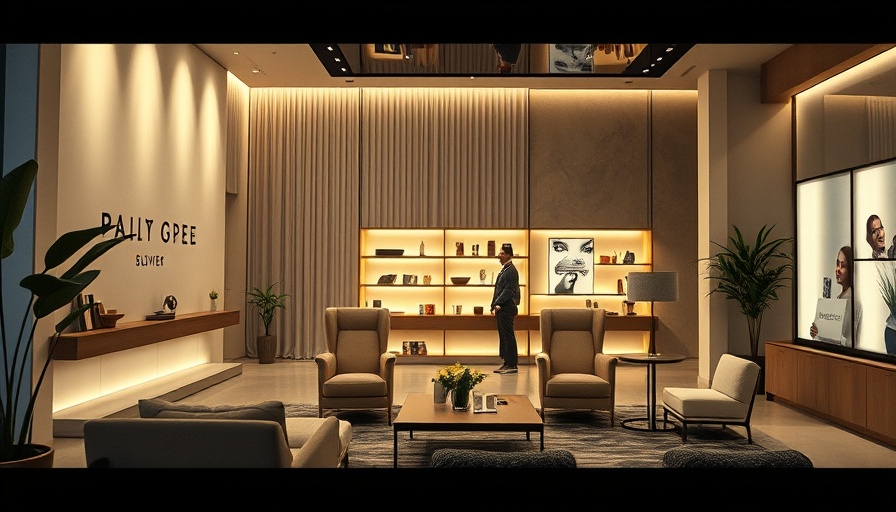
The Changing Landscape of Luxury
Luxury brands are experiencing a notable shift in consumer behavior, one that is redefining the very essence of prestige and desire. While the affluent market has long been a bastion for brands like Gucci, Louis Vuitton, and Chanel, recent trends suggest that a "vibe shift" is making waves, as consumers prioritize experiences over material goods.
Understanding the Vibe Shift
This vibe shift isn't just a fleeting trend; it's a response to broader cultural changes. Over the past few years, we've seen a growing emphasis on sustainability, mental health, and well-being. Consumers are increasingly opting for experiences—travel, fine dining, and self-care—over luxury items. This reflects a shift in values, where purchases are viewed not merely as symbols of status but as investments in one's personal happiness and fulfillment.
The Impact on Sales
According to recent reports, sales figures within luxury brands are softening, especially in regions like China, which has traditionally been a stronghold for high-end retail. The focus on sustainability has prompted consumers to question the ethics behind their purchases, thereby complicating the once straightforward association between luxury and desirability. Brands that fail to adapt to these consumer expectations may struggle to maintain their market share.
Luxury Goes Digital
As the vibe shift progresses, many luxury brands are turning to digital platforms to resonate with younger consumers. Online shopping and social media marketing have opened new avenues for brands to engage potential buyers. However, the challenge lies in striking the right balance between accessibility and exclusivity, components that are essential to luxury branding. Successfully navigating this digital landscape is crucial for maintaining relevance.
Case Studies: Brands Adapting
Several luxury brands have begun integrating sustainability into their practices, and they serve as prime examples of adapting to the vibe shift. For instance, Stella McCartney has led the way in promoting eco-friendly fashion, while Gucci’s recent initiatives to reduce its carbon footprint demonstrate how traditional luxury can align itself with contemporary values. These brands showcase how the luxury market can evolve without losing its fundamental allure.
Future Predictions: The Road Ahead
Looking ahead, it is anticipated that luxury brands will continue to redefine their offerings to engage more deeply with consumers. This could mean embracing more diverse aesthetics that appeal to younger generations, further emphasizing sustainability, and enhancing experiential luxury—like exclusive access to limited events or unique personalized services. By anticipating consumer needs and desires, luxury brands position themselves to thrive in a changing market.
Conclusion: Embracing Change
The ongoing vibe shift in the luxury market presents a myriad of opportunities and challenges for brands. As consumer behaviors evolve, luxury companies must prioritize not only their sales numbers but also the values and aspirations of their consumers. By embracing change and fostering innovation, luxury brands have the potential to thrive in an ever-evolving landscape.
 Add Row
Add Row  Add
Add 



Write A Comment